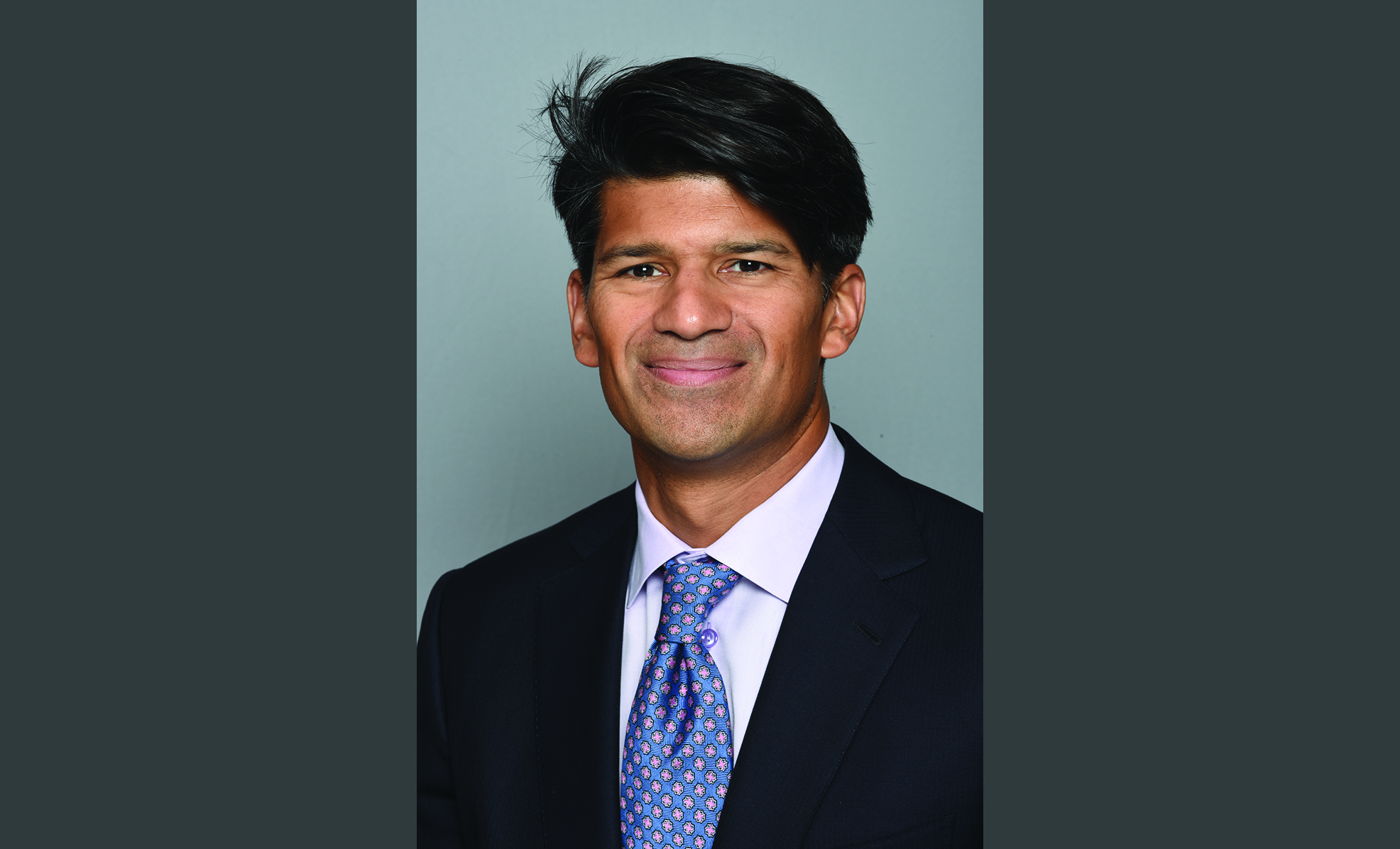Engineering Plus Medicine Equals a Career with Heart
-
-
slice.mit.edu
Filed Under
Recommended

Cardiologist and inventor Srijoy Mahapatra ’94, MBA ’15 didn’t set out to enter the medical profession. A Course 6-1 major at MIT, he had been planning a career as a satellite engineer when a professor, William Siebert ’46, ScD ’52, suggested he explore outside his field.
“As part of the Undergraduate Research Opportunities Program, I built a wireless electrocardiography [EKG] machine,” recalls Mahapatra, “and I tested it with a cardiologist at Beth Israel Hospital.”
Mahapatra’s EKG exploration led to an interest in cardiac electrophysiology, a then burgeoning research area that focuses on the electrical activities of the heart, and a connection with MIT professor and Beth Israel physician Roger Mark ’60, PhD ‘66, who encouraged him to apply to medical school.
“There were relatively few engineers who went to medical school at that time,” Mahapatra says. “I wasn’t the perfect candidate but my engineering background was incredibly helpful. It kept me agile and taught me how to adjust and invent as you go.”
Since then, Mahapatra’s trajectory has combined engineering and medicine. His path has taken him through Tufts University School of Medicine, the Mayo Clinic, the University of Virginia, and St. Jude’s Medical—through his current role at health care products manufacturer Abbott Laboratories, where he develops new therapies for irregular heart rates, stroke prevention, and abnormal heart rhythms. He also returned to MIT for an executive MBA. “MIT taught me to focus on the most important problems, not just the problems right in front of me,” he says.
MIT taught me to focus on the most important problems, not just the problems right in front of me.
At the University of Virginia, Mahapatra was able to connect experience as a varsity athlete (with MIT Crew) by serving as team cardiologist for UVA’s Division I athletic department. And he co-founded Athletic Heart, a foundation that supports cardiac imaging within the National Basketball Association, National Hockey League, National Football League, and other professional and amateur sports teams. He regularly consults with retired professional athletes on cardiology-related issues.
“We often think professional athletes are invincible, but they’re not,” Mahapatra says. “We need to treat them just as holistically as we treat regular patients.”
Throughout his career, Mahapatra has utilized his engineer’s training by continuing to invent electrophysiology devices. As he puts it, “Doctors can treat a few people per day. But if you’re able to invent something that helps, you can affect thousands.” Earlier this year, Abbott announced the FDA approval of a new ergonomically designed ablation catheter, developed by Mahapatra, that more accurately treats atrial fibrillation and delivers more precise images of the heart, overlaid with real-time electrical activity information.
Doctors can treat a few people per day. But if you’re able to invent something that helps, you can affect thousands.
A longtime MIT Education Counselor concluding his term as president of MIT’s alumni Club of Minnesota, Mahapatra will return to campus next month for MIT Tech Reunions, held June 7–9. “I’m absolutely excited about Tech Reunions,” he says. “It’s my 25th reunion but my first time attending. I can’t wait to see so many people I haven’t seen in a long time.”
When Tech Reunions happen June 7–9, will you be there too? See who else is coming, and register today.
Onsite registration is available after online registration closes on May 15.







